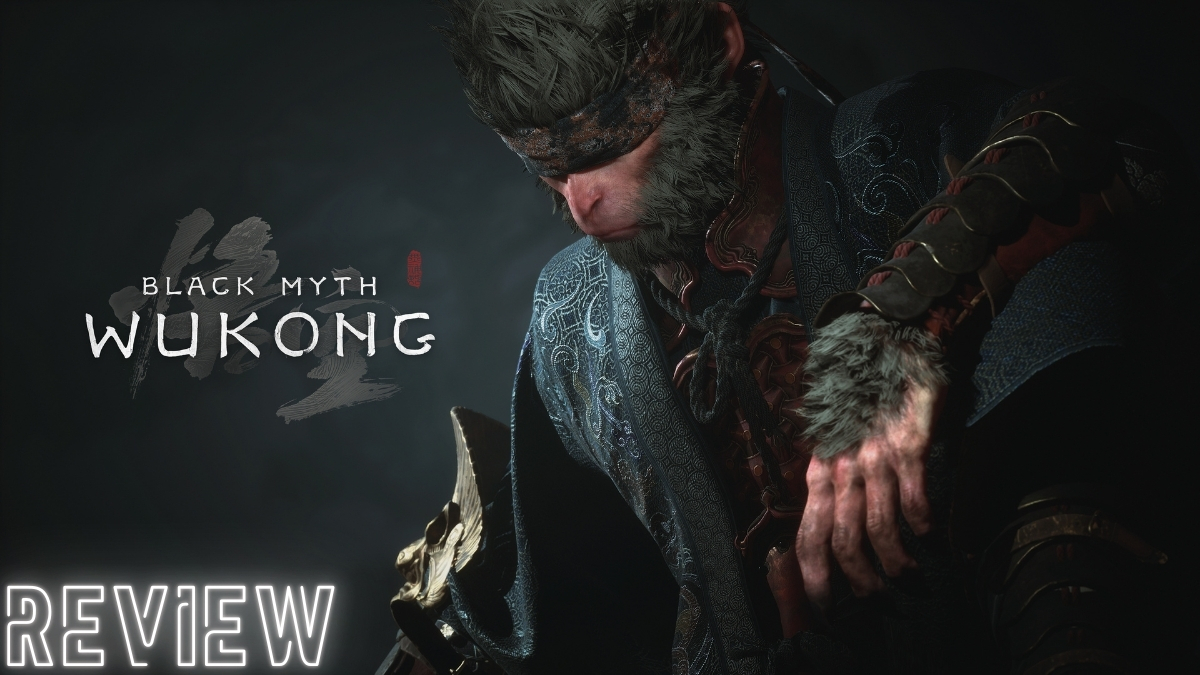
Black Myth: Wukong has been one of the most awaited games for the past few years and has accumulated a tremendous amount of hype since its reveal in 2020. After years of development, the game is finally just a few days away from release (on 20th August ’24). With that said, I was fortunate enough to experience this “Journey to the West” inspired epic and share my experience in this Black Myth: Wukong review.
Many Have Embarked on the Journey, Only One Succeeded
Black Myth: Wukong starts with an explosive opening sequence that kicks off the game’s story to a fiery start. We also get to meet our main protagonist, the Destined One, who’s tasked with a divine mission to acquire Relics of great power.
His journey will take him across vast breathtaking landscapes, gloomy caves, and deserts, meeting companions, and battling dangerous Chinese Mythological creatures known as Yaoguai. Each biome you visit feels alive with designs made with attention to detail and environmental sounds of birds chirping to fire raging.
Even if you’re familiar with the “Journey to the West” novel, the story will surprise you in several ways, bringing unique plot points to the old tale. After watching the well-choreographed cutscenes and reading up on the backstories, I found myself deeply invested in the lore of the game.
Each character you meet and the Yaoguai you face have their own ideologies, motivations that drive them, and interesting personalities which adds depth to the gameplay. You can also check out all character’s and enemies’ lore within the game through the Portraits menu. It helps flesh out the characters in Black Myth: Wukong.
I’ve also enjoyed using the meditation spots in the game where the camera gives you some epic shots of the environments. This is akin to what Far Cry does when you liberate a tower or a settlement. This will let you explore those areas and take in the rich history of the land.
Core Gameplay is Simple Enough With Linear Levels That Sometimes Branch Off
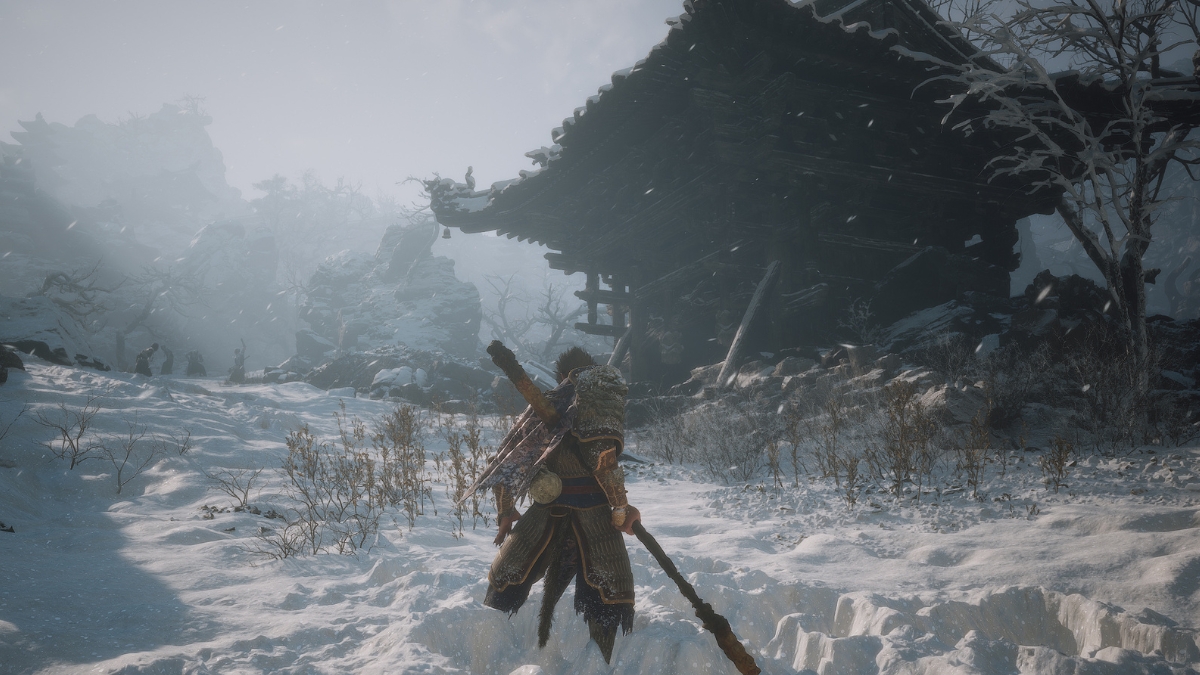
Black Myth: Wukong is not open-world and features mostly linear progression with some larger areas of the maps having branching paths. You start a level, defeat minor enemies, gather loot, face Chief or King Yaoguai, and repeat making some parts of the game feel like a boss-rush (more on that later).
There’s an invisible wall around the boundary of a path you’re traveling which blocks your character from stepping out of bounds. Even though some areas look like you can head over and find a chest or some loot, the wall blocks you off indicating a restricted out-of-bounds area which became annoying at times. This was particularly bad when the boss jumped back behind an invisible wall mid-fight. This created a situation where the boss’ attacks reached you but your attacks didn’t.
When it comes to difficulty, it’s definitely not on the level of soulslike games like Dark Souls or Elden Ring and quite manageable. It’s a hybrid of God of War and Sekiro which means you won’t get Shadow of the Erdtree PTSD here. However, the difficulty spikes quite a bit as you progress through the chapters, particularly after chapter 2. Still not on the levels of torture FromSoftware’s games did to me.
One Epic Boss Showdown After Another As You Progress
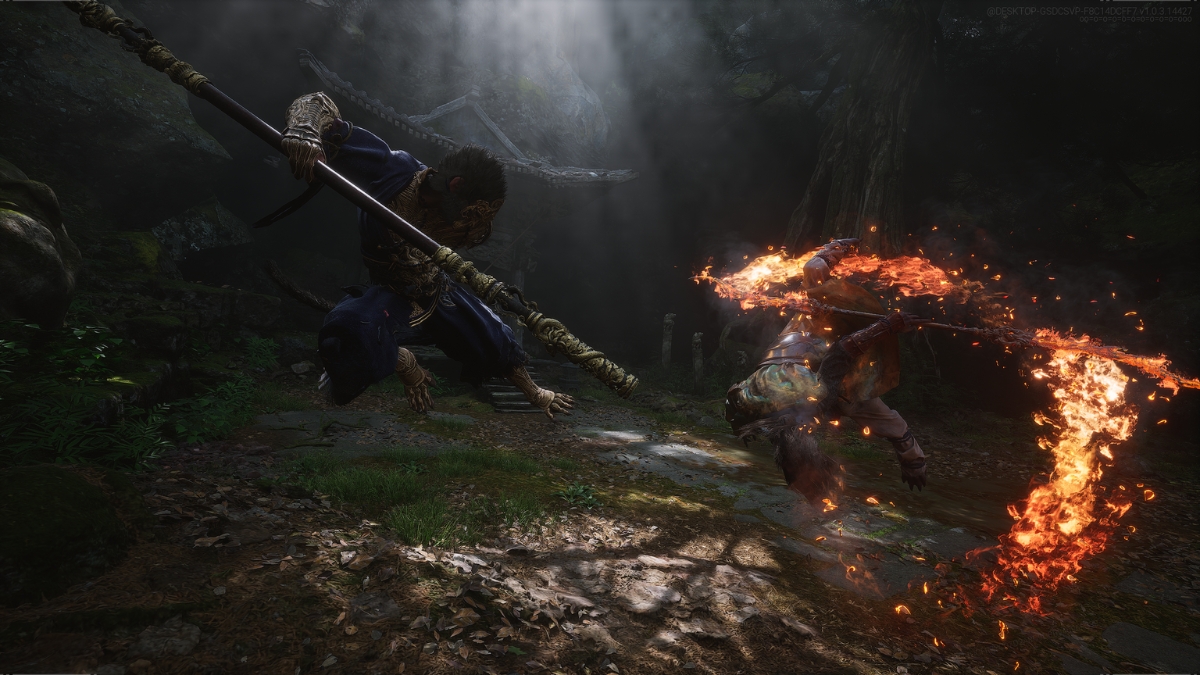
The game features over 60 bosses and just hits you with one boss fight, followed by another one. The game’s monsters are divided into three categories. The Lesser Yaoguai are the regular enemies, Chief Yaoguai are the mini/sub bosses while the King Yaoguai are the main bosses on a map. Apart from these, you can also discover hidden bosses by performing certain tasks as a reward for exploration.
The monster designs are stunning, unique from each other, and definitely on par with (and many times exceed) what FromSoftware has been dishing out so far. Each boss’ design is based on Chinese Mythological creatures with detailed backstories to establish their lore and motivations.

Each boss has a unique attack pattern that you’ll have to learn in order to time your dodges and strikes right. Even though there’s no weapon-based parry in the base moveset, I was able to gladly use other unique blocking mechanisms like staff spins to block incoming projectiles, using the stone-skin spell, and the unique seeing-through enemy attack in smash stance.
Dodging also consumes moderate stamina and performing it at the last second will execute a Perfect Dodge. It basically slows down the game momentarily and leaves the Destined One’s afterimage behind.
The game also lets you use destructible environments to your advantage against bosses. It was really fun watching a boss charge at me while I executed a perfect dodge just in the nick of time only to let it hit a pillar which inflicted stagger/stun on the boss itself.
Diversity of Armor, Weapons & Spells Kept Combat Fresh

There’s a variety of armors in the game that feature gear set bonuses. You can craft armor using all the materials you find when exploring the map or taking down enemies. Each armor type has distinct stat-boosting buffs while also protecting against the status effects the enemies inflict.
The status effects are termed as Four Bane effects in Black Myth: Wukong and they represent Chill, Poison, Shock, Burn. These status effects gradually build up depending on how long your character has been exposed to them. I liked how the game balances these deadly status effects with medicines that nullify them or resistances you can build up by allocating points.
Speaking of points, they’re called sparks in the game which you accumulate by defeating enemies in the game. These points can be allocated towards separate and huge skill trees for each mechanic. They help awaken latent abilities, level up stats, and unlock various staff stances for the Destined One.
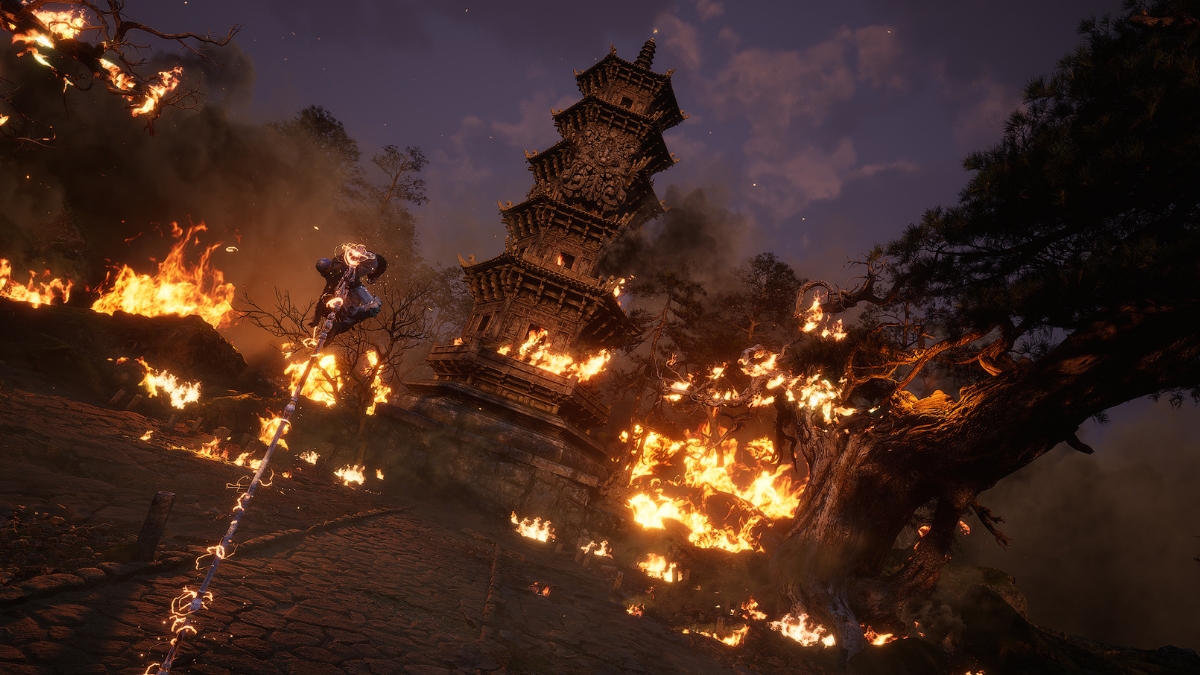
The different staff stances aren’t just for show either. I found out that each stance has unique mechanics and becomes useful in different scenarios. It was fun to see each stance have a unique heavy/charged attack and you can switch between different stances on the fly which was intuitive.
For example, if a boss does a lot of AOE attacks on the ground, you can perch high up on your staff to avoid it. The focus mechanic adds another layer of depth to stances as they can help you instantly charge up a stance’s unique ability.
Knowing about all the tools at your disposal made engaging boss fights and experimenting with different weapon variations, armor sets, and stances more exciting.
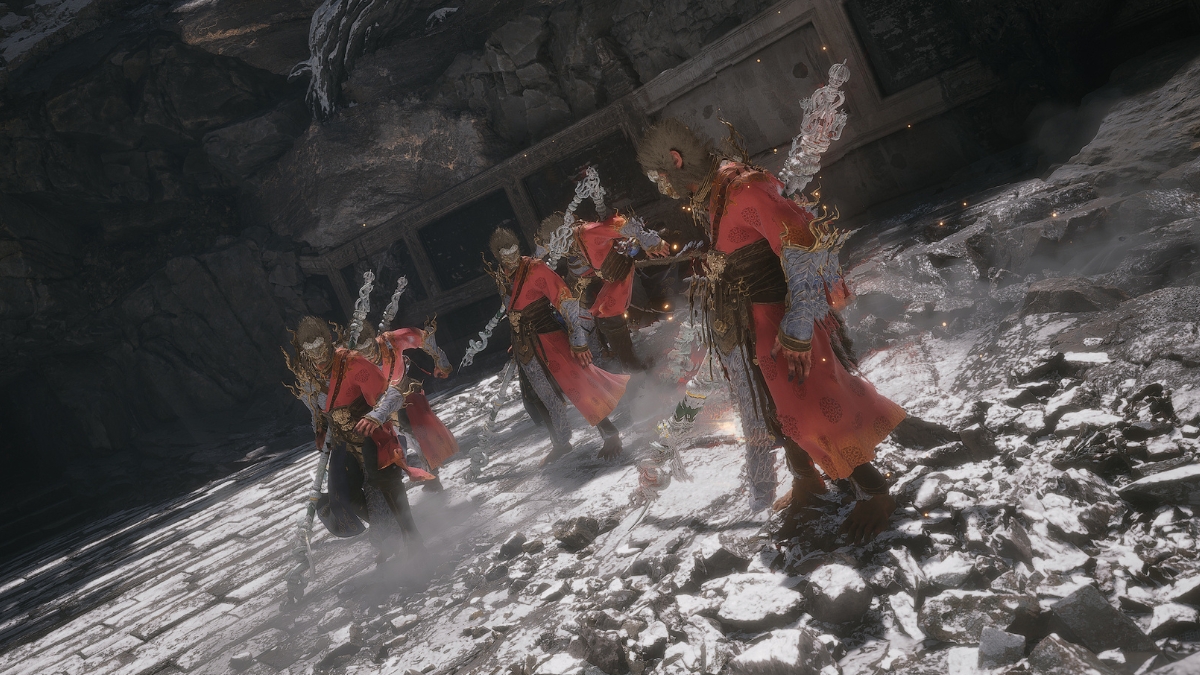
Spells in Black Myth: Wukong is where I had the majority of fun. You gradually unlock several spells as you progress through the story and can assign yourself four at a time to use in combat.
These spells become essential abilities that consume Mana but will turn the tide of a battle when used with proper planning. I’ve found myself losing battles when trying to use all my spells in the beginning of a fight leaving no ace up my sleeve for the remainder of it.
Too Many Transformations to Keep Track of
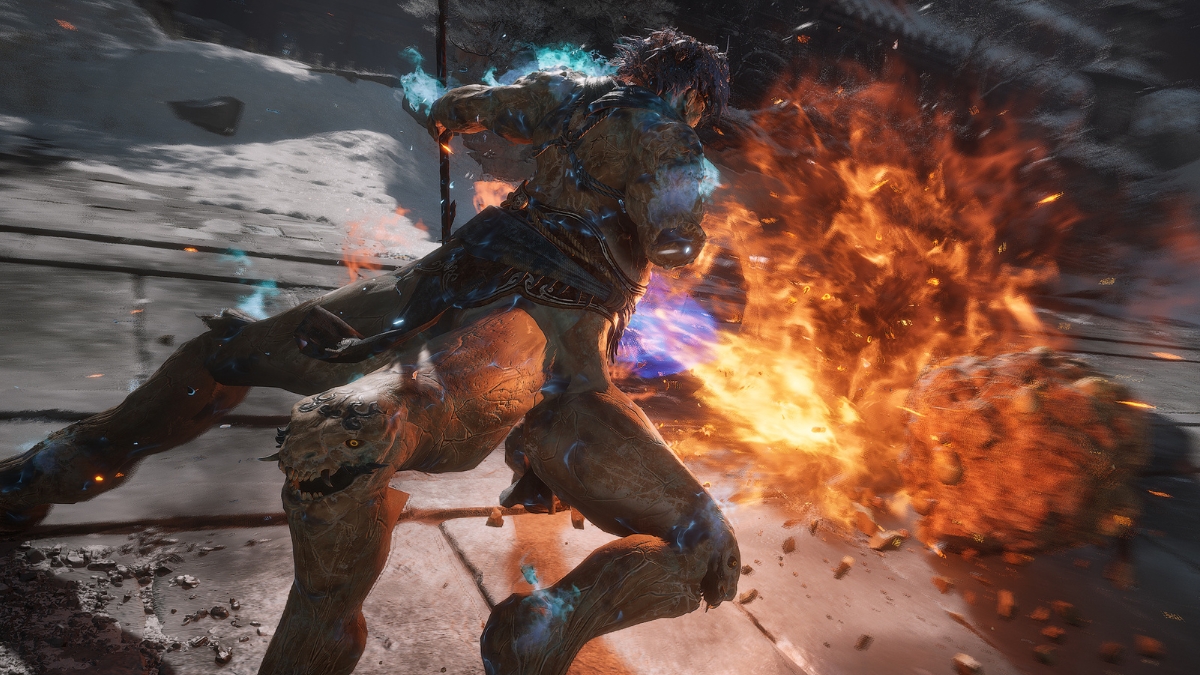
Spells aren’t even the biggest highlight of Black Myth: Wukong combat system, it’s the transformations. There’s a huge list of transformations that the Destined One can use from his arsenal to overwhelm the enemy. I’ve experienced three different variations of transformations in the game.
The first kind of transformation is focused more on scouting an area by turning it into an animal, as also seen in the trailers. You’ll be able to use these transformations in certain maps and after specific events in the story. I’m intentionally not trying to give any specific plot points in an attempt to keep this review spoiler-free.
The second type is more of a one-off transformation called spirits where the Destined One will transform to unleash a single attack by using Qi and then transform back. You can collect these spirits by exploring the maps and encountering unique enemies. After defeating said enemies, you’ll be able to capture their spirits in a Poké Ball-like fashion and transform into those creatures for a short duration to unleash their signature ability. Once Qi recharges, you can utilize these transformations again and also upgrade them via shrines.
The third type of transformation persists longer as they consume mana to activate. I was able to maintain these transformations by defeating Yaoguai bosses and taking their form at will. The Destined One will be able to utilize specific move sets of said transformation against enemies. The duration of these transformations depends on the Might as it gradually decays, as well as how much damage you’ve taken. You can also transform back into the Destined One on command.
Brilliant In-Game Game Scores, Sound Design & Voice Acting

Black Myth: Wukong does an amazing job with the voice acting. I’ve played the game with both Chinese and English voice acting and felt the Chinese one slightly superior to the English dub, but both do a great job nonetheless. The character’s dialogs are filled to the brim with emotions, and the boss’s dialogs mid-fight deliver a punchy exposition into their motivations and psyche.
Besides the voice acting, the in-game sound design feels amazing to experience. The crunchy hits of the staff hitting the enemy on every smack felt satisfying. Similarly, there’s a sound for every critical hit landed, every perfect dodge executed, spell availability, and every stage of the staff’s heavy attack charged. These sound cues give you vital combat information to help you decide your next move without looking at the UI.
And I can’t even recall the times I’ve bobbed my head to the game’s score even though I didn’t understand the lyrics. It all feels authentic, well-placed with passion, and complements the ancient Chinese setting of the game.
Visuals & Performance

The game’s biomes, character design, environments, and bosses especially feel crafted to perfection. GameScience’s decision to switch to Unreal Engine 5 from UE4 pays off really well after witnessing it in action. The sound of hitting destructible objects in the game and watching them crumble into pieces feels satisfying. The gorgeous water effects and surface reflections look great as it is, but they can be enhanced further with Ray Tracing.
The landscape littered with fallen leaves does move around as your character runs over. The weather affects both looks and sounds breathtaking and creates a spectacle for all players to witness. It cannot be stressed enough how beautifully crafted levels you’ll get to witness in Black Myth: Wukong.
I played the Black Myth: Wukong review copy on my laptop with Intel i7-11800H, Nvidia RTX 3070, and 32GB RAM. I was able to attain a stable 55-60 FPS on 2560X1600 resolution with DLSS turned on and a combination of medium to very high settings. The game also features the latest version of AMD’s FSR upscaler with frame generation so great news for performance-hungry folks all around.
Review Verdict For Black Myth: Wukong

Concluding my Black Myth: Wukong review, I’ve got just one word to sum up the game’s experience, a masterpiece. It seems like GameScience has hit a home run in its first venture into triple-A game publishing. There’s so much content packed into this game that a New Game+ playthrough becomes mandatory, especially if you want to uncover all the secrets and experience all the endings.
However, there are a few things that keep Black Myth: Wukong from perfection like unnecessary invisible walls, few bugs, and the game throwing too many bosses to handle at certain points. These didn’t stop me, a person not a big fan of the soulslike genre, from investing over 40 hours into the game.
The retelling of the popular Chinese story was done right as my eyes were glued to the screen at every in-game and animated cutscene. The immersion was inescapable and the feeling of conquering a challenge after every boss was all the more satisfying. I would rate Black Myth: Wukong a solid 9/10 and looking forward to more content for this game and other releases from GameScience.
Check out The Crush House review next if you’re interested in recently released games.